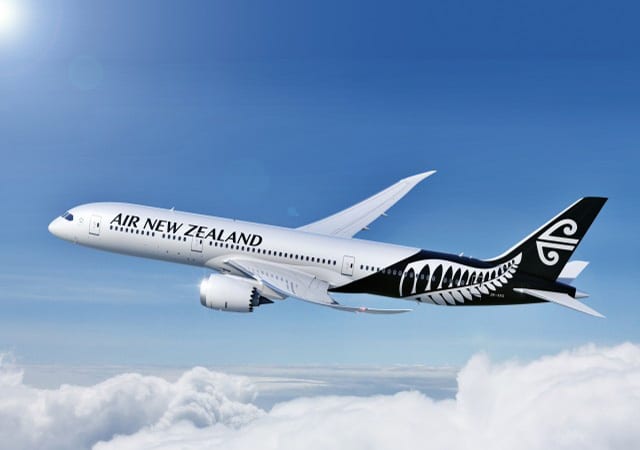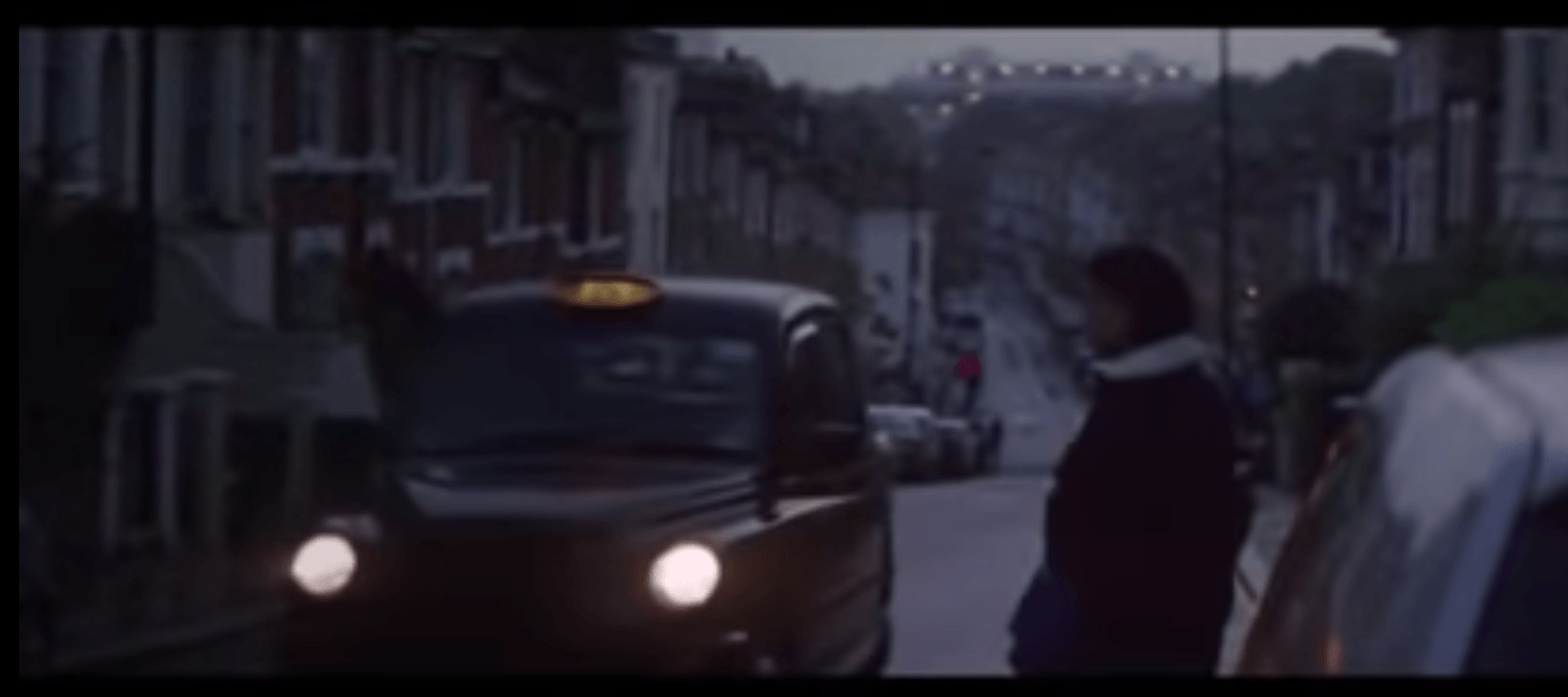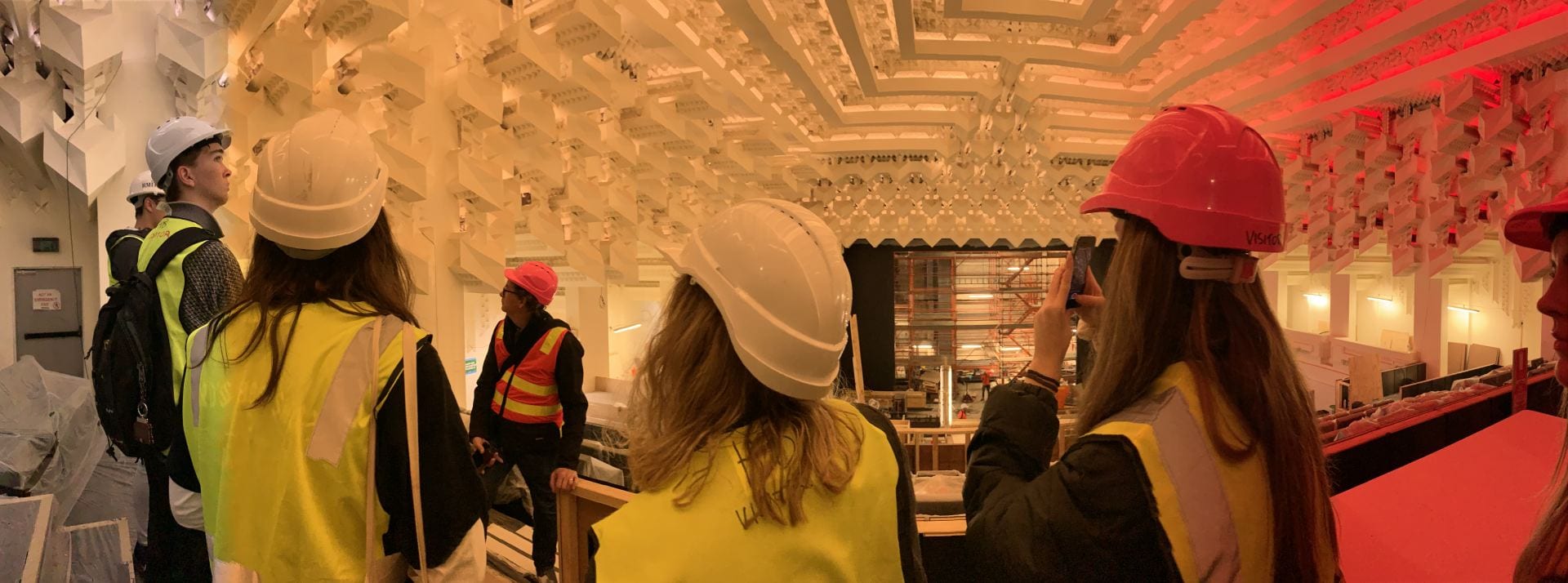Assignment 3A: The Captiol
Week 8&9
Weeks eight and nine were the weeks that we were brainstorming what questions we wanted to ask Michelle and also how we wanted the interview to look. Because at the time we weren’t certain what content we would use and were relying on how she would answer us, we came up with these:
- Could you introduce yourself and tell us about your role in the project? (what is your role?)
- How did you get involved with this project?
- What was your knowledge prior to your involvement with the Capitol of Marion
Mahony Griffin and Walter Burley Griffin and have you learned anything more about them since restoring the Capitol?
- How have you and your team approached the restoration and revival of the Capitol?
- What were the biggest challenges that you and your team have faced on this project?
- What are your hopes for the Capitol in the future?
- Is there anything else you would like to discuss?
The topics we wanted to look at were Michelle’s knowledge and experience with the Capitol, the architecture and design side of the project and also the architects Marion Mahony Griffin and Walter Burley Griffin and felt happy and prepared with this question list.
Something that I remembered from doing other projects in a group and experienced in this project was the importance of being reliable and always getting back to people with emails and messaging. I felt so lucky to have such a reliable group and it added a real element of professionalism particularly when we were making creative decisions and organising Michelle.
Week 10
Week ten was the week that we would film the interview with Michelle and we had decided on Wednesdays class to do this. We were interviewing her from 10 am until 11 am approximately and so we arrived at 9am to set up our equipment and make sure that everything was working properly. It was the first time I had ever worked in a Green Screen Room and this was a really interesting experience as we had to factor in how the lighting needed to be in order for the green screen behind where Michelle was sitting would be even and it would be easier to edit into a different background.
Whilst there were lights in the room, we ended up borrowing an extra light in order to backlight Michelle a bit better and to make the most of the space as well as the tech office which was just down the hall. Having that hour before our interviewee had arrived was a perfect amount of time as we could test the camera, format the card, set up lighting and have a good ten to fifteen minutes just to check that we had brought and done everything and that we were ready to start at ten.
When Michelle arrived we briefed her on how the interview would run, gave her some time to read over the release form and sign it when she approved of the terms and then we got started. Even though Michelle is a project manager and hadn’t really done any media projects it was so impressive how professional she was and how well she spoke on the questions we asked her. It was actually such an efficient interview that we finished up with twenty minutes to spare which was definitely the best case scenario.
Following the interview we packed up all of the equipment and made sure to copy the footage on several hard drives and laptops so that we wouldn’t run into any issues in case one of the laptops had issues playing or transferring the footage over.
Week 11
Week eleven was dedicated to creating a plan for how we wanted to structure the project. We decided on having part one being on the history and architecture of The Capitol and then part two would be dedicated to the future of the Capitol and what its use will be for RMIT and its new audience. This is where the previous reading and collecting of newspaper articles were a great help as we wanted to incorporate some of the specific quotes especially about the architecture into the video, often because the quotes were very memorable and were a written version of oral history.
The document we created for the plan consisted of the quote we would plan to use, how we wanted the background to look and whether or not there was sound (i.e whether or not Michelle would speak during certain points or whether the quotes were the main focus.
Week 12
We began to work on the edit for the assignment and divided up tasks between the three of us, where my task was to edit the sound of Michelle’s interview as well as working on fixing up the colouring of her face and to edit out part of the interview that would not be used (e.g pauses, bloopers and footage where she was chatting to us whilst we were setting up to ask a proper question etc.) I volunteered to work on sound as I had had some experience with it in my previous studio when working on a short film and was excited to get back into premiere pro.
Whilst there wasn’t too much to worry about in terms of the sound of Michelle’s voice (we used a lapel mic on the day which caught all of her audio really well) there was still an inevitable hum that came from the rest of the room. I cleaned this up using an audio tool found in premiere pro under audio effects called the dehummer tool which allows you to control how much of a hum is heard and allows you to eliminate it entirely. I had tossed up about working in adobe after effects but I didn’t know as much about it and felt quite confident that premiere pro would be great at editing what I needed. The changing of the colours in the video was simple again: changing the brightness, warmth/ saturation etc. Having slightly underexposed footage turned out to be a really great thing as it was very easy to adjust to the levels we were after.
When I had finished with the interview, I brought it to my group members and they brought the parts they had worked on and we worked in one of the building nine editing suites the next day. Overall I really enjoyed this project and learning about the Capitol. Having such a historic place as the focus for a media project was new to me and I think it was the project that felt the most important because of how many lives this building had lived, but also that it was opening again for us as students and we were allowed to see it in its final stages of renovation.
I think it sharpened my research and initiative skills as a media practitioner, working in a group and also for something that has so much history to it and yet encourages so much innovation and creativity when exploring Oral History. Very excited to see the Capitol restored back to its filmy, shiny self.
Final Products











